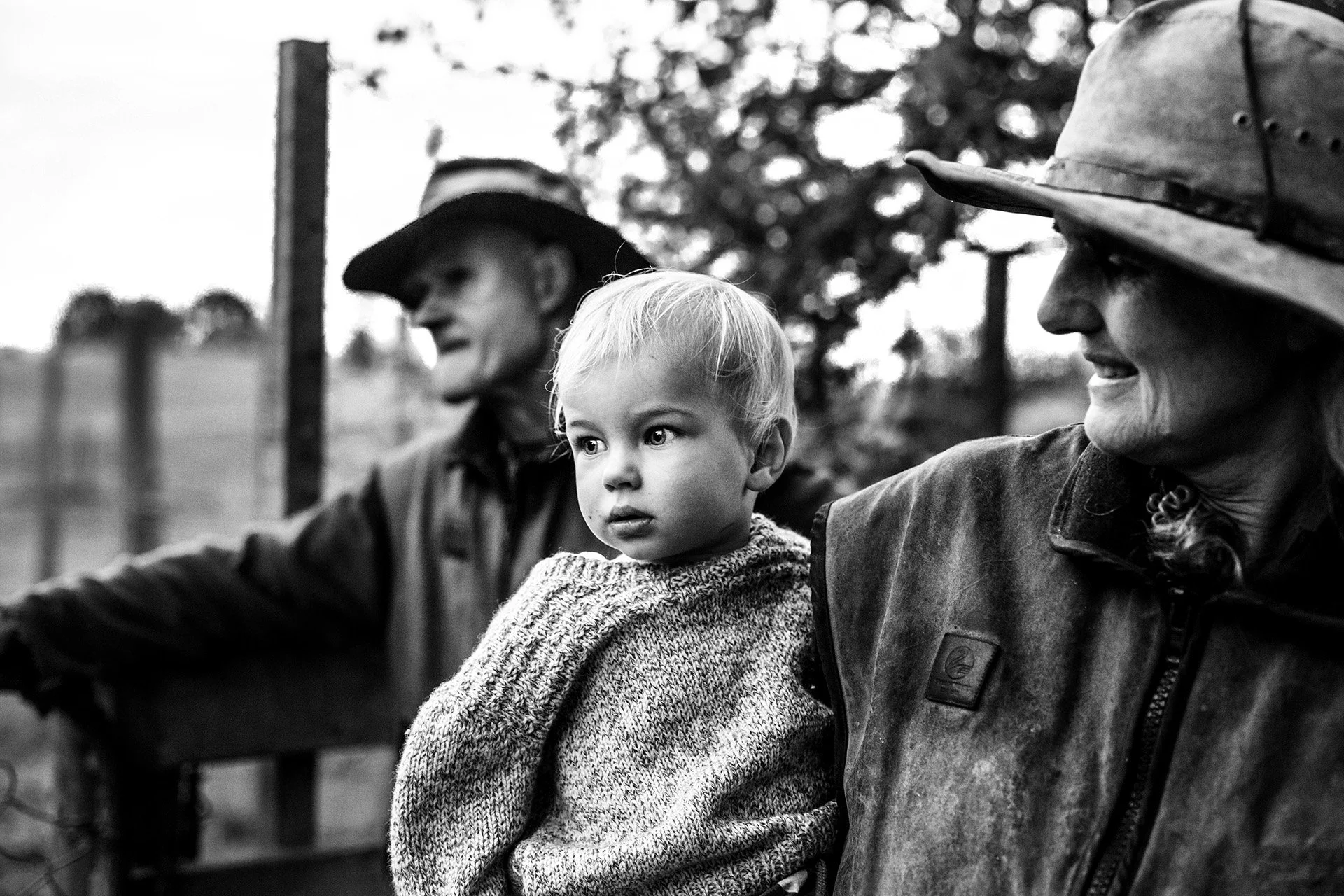The Art of Observing
Seeing Beyond the Surface
In a world that moves faster by the second, observation has quietly become a lost art. We scroll, we skim, we glance. Rarely do we stop to truly see. Yet for a photographer — and arguably for anyone pursuing creativity — the ability to observe is essential. It's what turns ordinary moments into extraordinary images. It’s where stories, emotions, and beauty quietly wait to be discovered.
Stare with intent
It Started with a Look
I first began to truly appreciate the art of observing years ago, while photographing my cousin’s baby. What struck me wasn’t just the innocence or softness of a newborn, but how present and focused the baby was. They couldn’t yet walk, talk, or even control their limbs with intent — but they looked. Deeply. They observed everything: faces, light, movement, sound. Observation was their first language. It was how they learned.
Later, when my brother had his first child, this quiet awareness struck me again. I watched a young mind grow, day by day, simply by observing. No words, no explanations — just eyes wide open to the world. And it hit me: observation is a form of learning far more powerful than we give it credit for.
That realization changed how I saw my own work. I started noticing more — not just in light and shadows, but in people’s behavior, body language, the emotional tone of a space. My mind began making connections I had never made before. It was like taking a step back from the noise, allowing the scene to breathe before lifting the camera.
In many ways, it reminded me of my early experiences with yoga. Just as yoga teaches us to become aware of something we usually take for granted — the breath — observation trains us to become conscious of how we see. In yoga, you don’t just breathe, you learn to notice each inhale and exhale, to guide it with intention. The same goes for photography: you don’t just look, you learn to see with purpose. You begin scanning for light, emotion, rhythm, and composition — all the elements that bring an image to life.
Observation isn’t passive. It’s an act of attention, of curiosity, of empathy.
Look, Listen and Observe
Observation: More Than Just Looking
At first glance, observation seems simple. You open your eyes and you see, right? But true observation goes deeper. It’s about noticing what most people miss: how light dances across a surface, the fleeting expression on someone’s face, the subtle tension between shapes or colors in a frame.
It requires presence. It asks you to slow down, to engage fully with your surroundings, and to move beyond the obvious. It’s about experiencing the world more intentionally — one detail at a time.
Why Observation Matters in Photography
Great photography isn’t about the best gear or perfect settings. It’s about seeing differently. The art of observation teaches you to:
Find beauty in the mundane: A cracked wall, a reflection in a puddle, or the texture of an old door can become visual poetry when seen with an attentive eye.
Anticipate moments: Especially in street or candid photography, the best shots come from sensing what’s about to happen — and being ready.
Understand light and shadow: Watch how light shifts throughout the day, how it wraps around faces or fades into dark corners. This rhythm becomes your visual language.
Capture authentic emotion: Observing micro-expressions and body language leads to more honest, resonant photographs.
Observation Fuels Creativity
Observation is the soil where creativity grows. The more you notice, the more raw material your mind has to work with. Over time, your inner library fills with visual references — from natural patterns to architectural forms, from color palettes in nature to gestures in passing crowds.
For many artists, especially those with a background in painting or visual design, this sensitivity is second nature. But for anyone, it’s a skill that can be trained and sharpened.
How to Train Your Eye
Want to become a better observer? Try these:
Slow down: Take a walk with no goal except to look. Observe light, shapes, reflections, movement.
Choose a theme: Pick one element — shadows, faces, windows — and photograph only that for a day.
Describe or sketch: You don’t need to be a writer or painter. Just note down what you see. The act of describing sharpens perception.
Practice mindful photography: Turn off distractions. Shoot with intention, not for likes. Observation deepens when your attention is undivided.
Repetition
Observation as a Way of Life
Observation doesn’t just change how you photograph — it changes how you live. You start noticing details in conversations, moods in rooms, the way light changes the feeling of a place. You pause more. You reflect more. You appreciate more.
It fosters empathy, patience, and presence — qualities that go far beyond photography.
For me, observation is not just a tool for creating better images — it’s a way to connect more deeply with the world and with myself.
Final Thoughts
In an age of fast consumption, choosing to observe is an act of resistance — and of care. Observation turns a fleeting moment into something lasting. It’s how we discover meaning, beauty, and truth in a chaotic world.
So the next time you lift your camera, or even just walk down the street, take a moment. Let your lens be your attention — and see what reveals itself.
Slow Mornings




